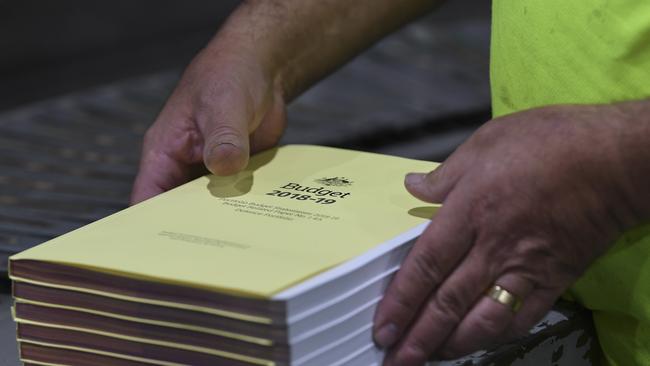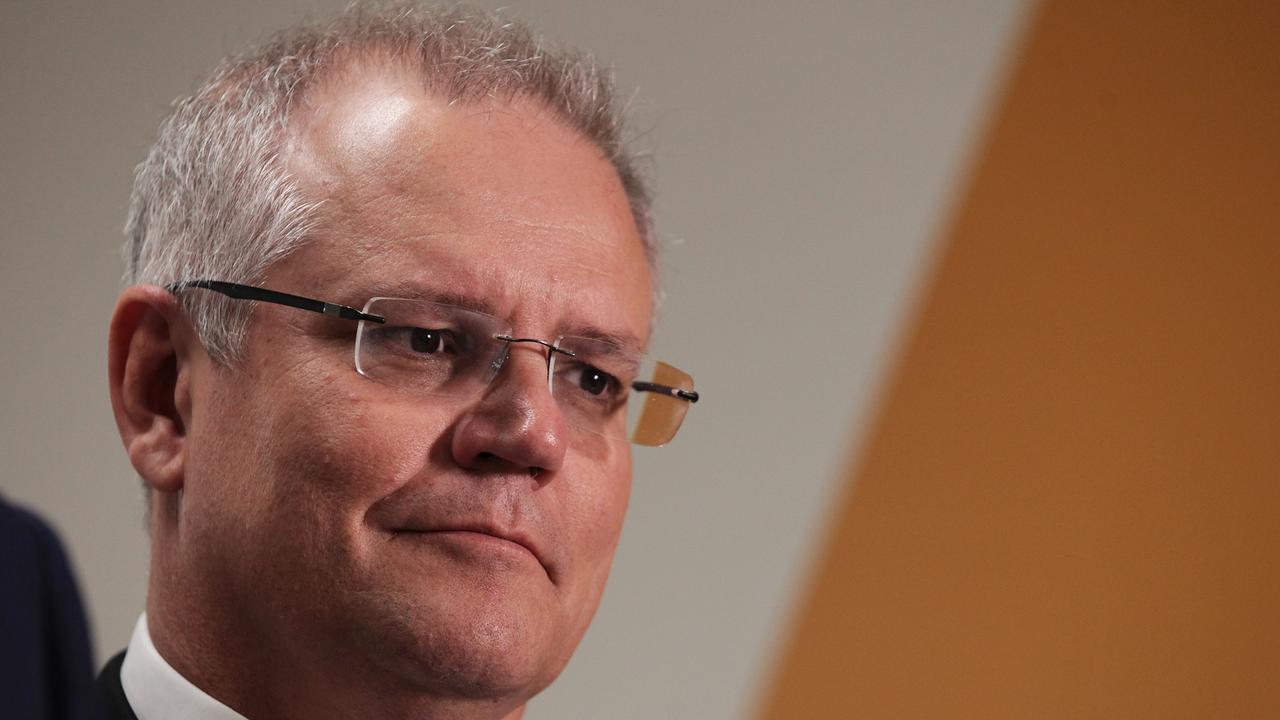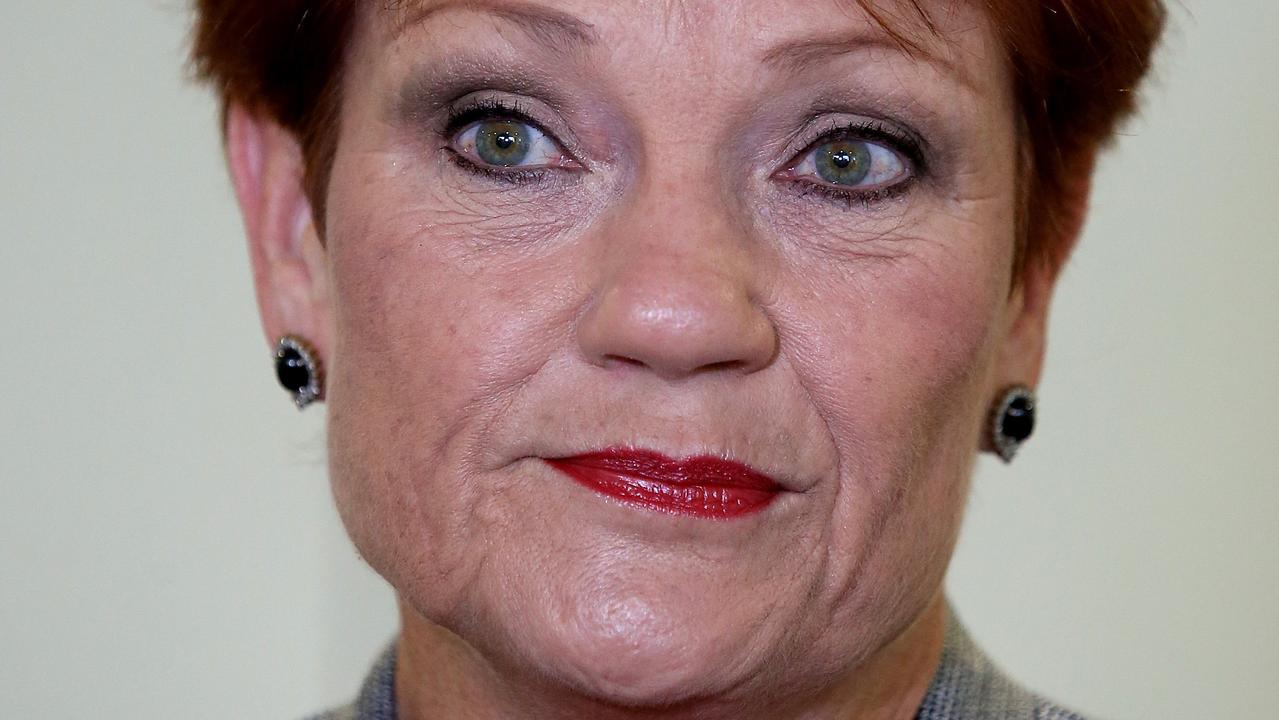Scott Morrison eyes LITO lift as a means of targeted tax relief
The Turnbull government has turned to the low income tax offset as an affordable method of targeted tax relief.

The Turnbull government has turned to the low income tax offset, or LITO, as an affordable method of targeting tax relief to low and middle-income earners.
The offset, which is a payment made to people earning below a certain threshold, is fixed at a maximum of $445 a year for people earning up to $37,000 and is withdrawn at 1.5c for every dollar a person earns beyond that. The rate of withdrawal means people lose their entitlement once they earn beyond $66,700.
The budget is expected to increase the total to almost $1000 while the thresholds and withdrawal rates may also be altered. Scott Morrison has said he wants to target those earning below $87,000, beyond which the second top tax rate of 37c in the dollar applies.
The cost of such a measure would be in the region of $3 billion a year.
LITO was set at $1500 but was reduced in 2012-13 when the Gillard government raised the tax-free threshold from $6000 to $18,200, as part of its carbon tax compensation. LITO has been criticised because the 1.5c in the dollar withdrawal rate adds to an individual’s marginal tax rate, which can be a disincentive to seeking further hours of work for low-income earners most likely to be confronting choices about whether extra work will offset a loss of benefits. However, it is much cheaper for the budget than across-the-board tax cuts, as any change to tax thresholds or rates affects taxpayers across the income spectrum.
Latest tax statistics show that 6.6 million taxpayers claim LITO, with the average payment in 2015-16 being $314 at a total cost about $2bn.


